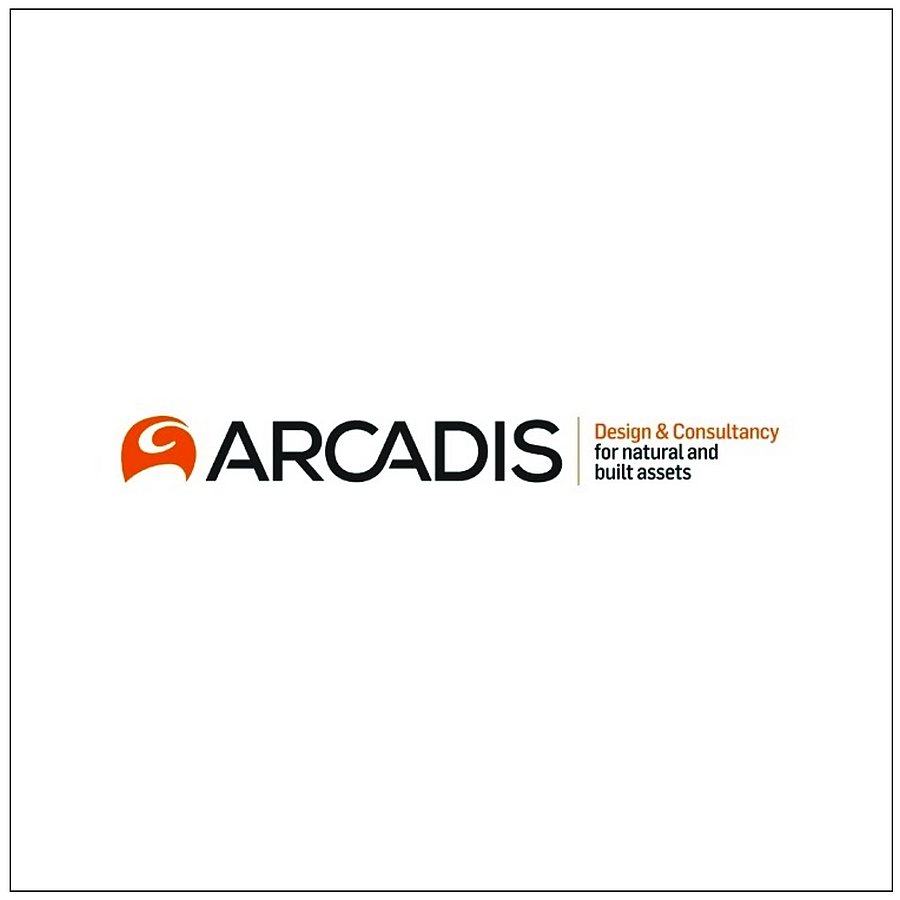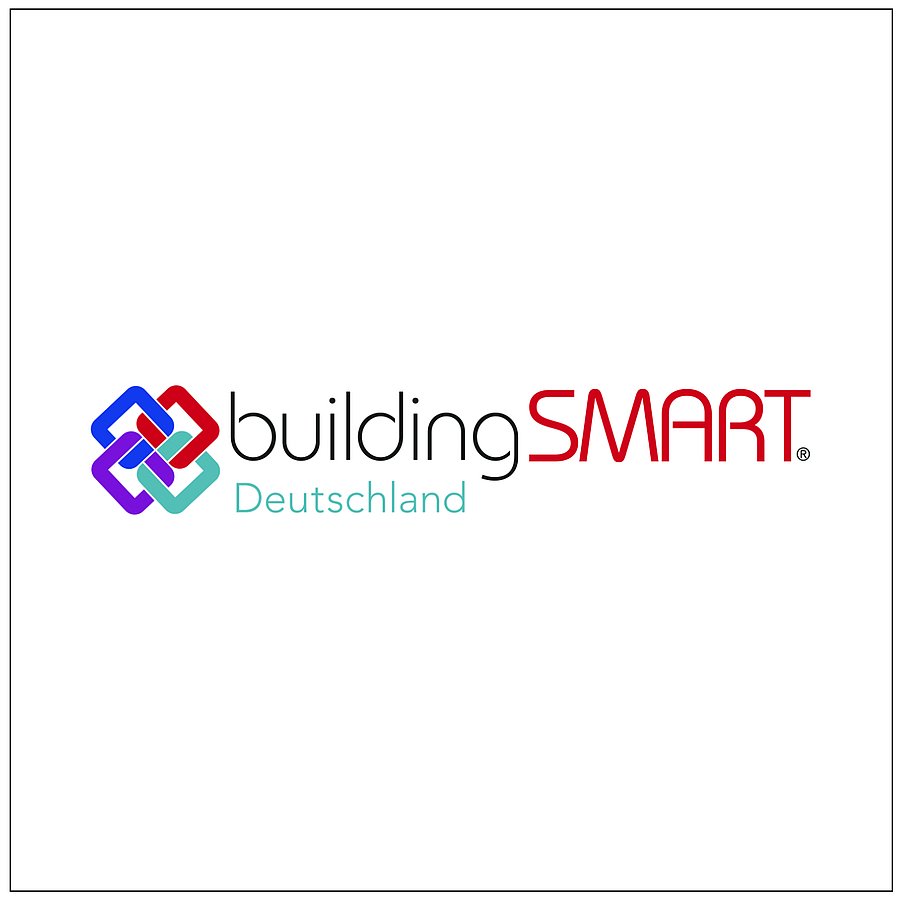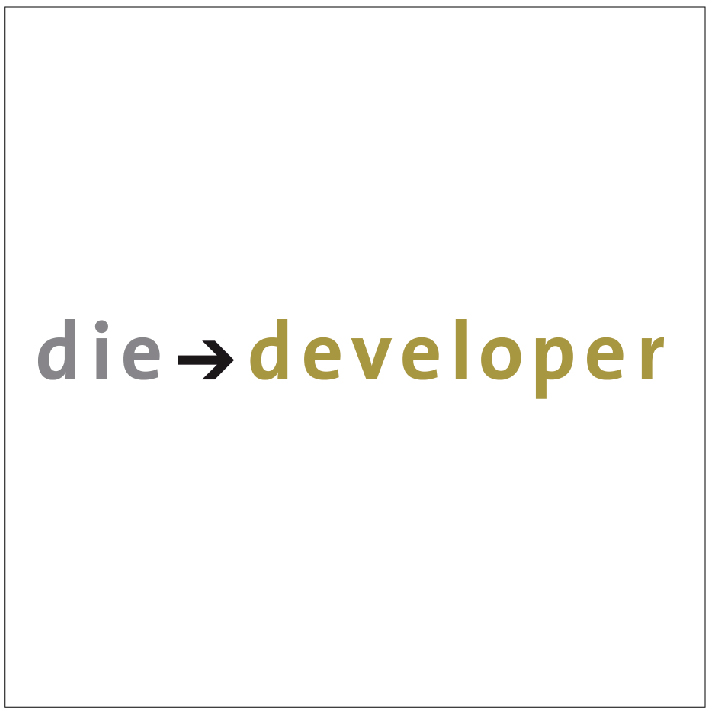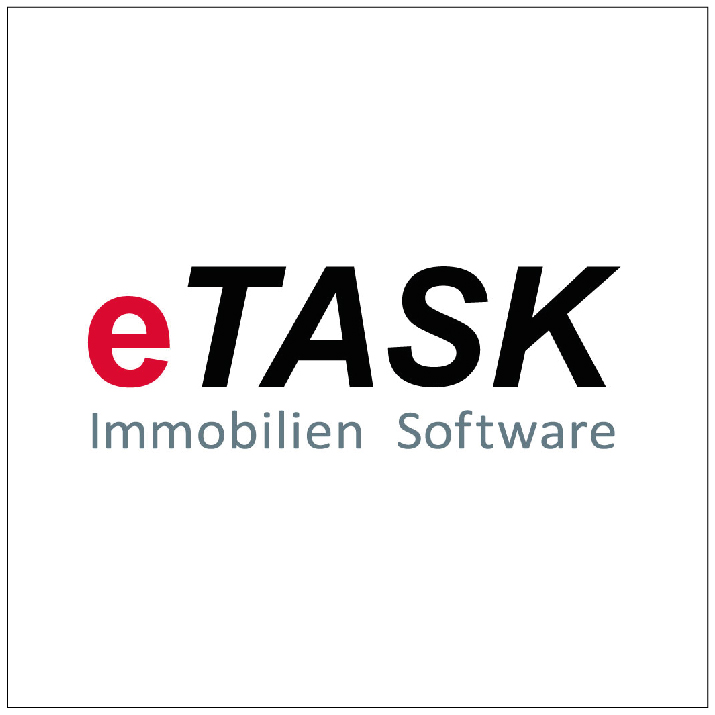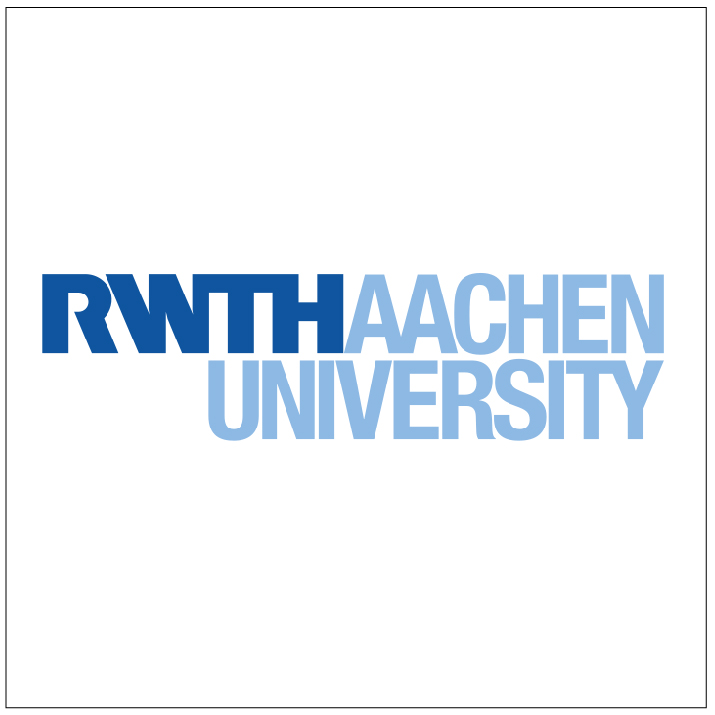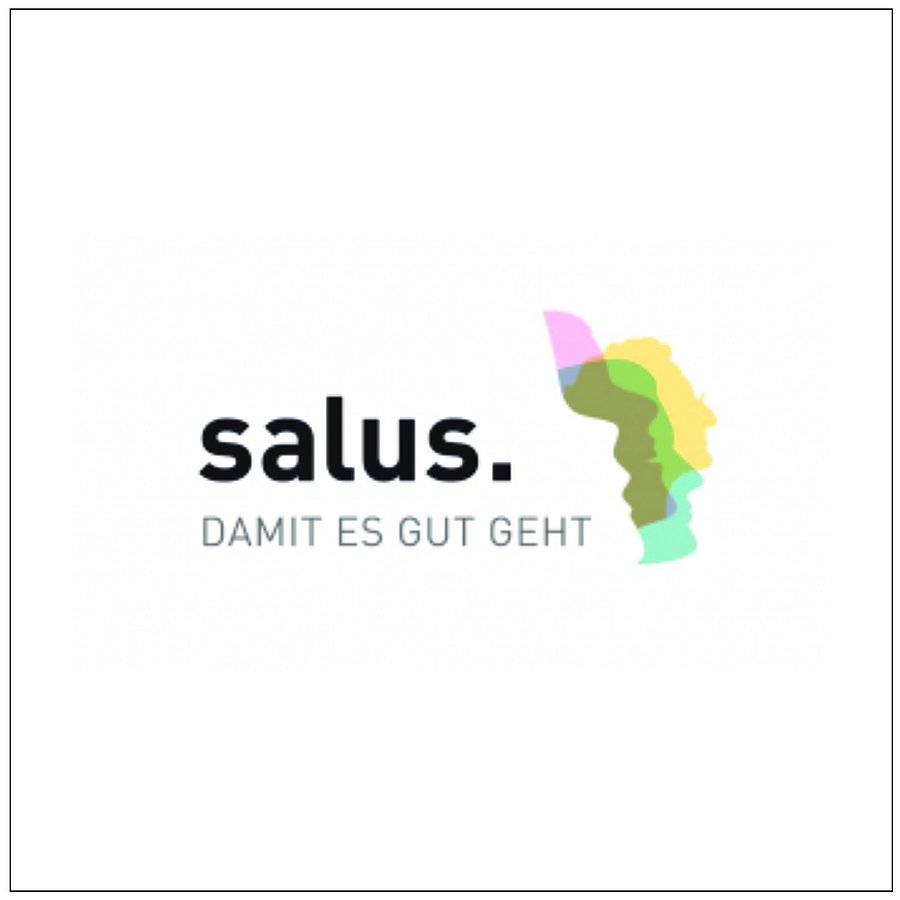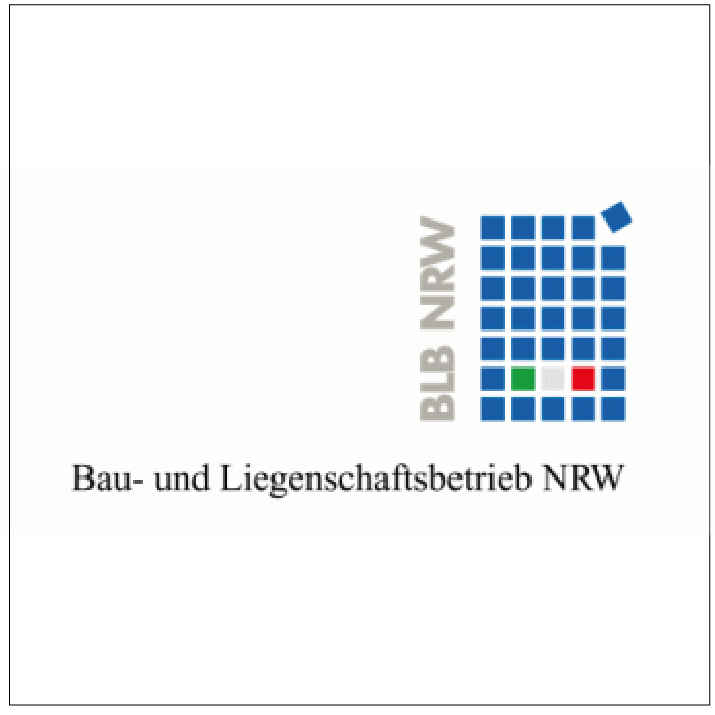BIM information delivery controlling
Development of a guideline for creating the BIM-based AIA and the BAP as well as information delivery controlling for the digital recording, monitoring, control and documentation of information
Funding provider: Federal Institute for Research on Building, Urban Affairs and Spatial Development (BBSR) as part of the Zukunft Bau research initiative
Project duration: 03/2019 to 11/2020
The research project is structuring requirements for data requirements and data deliveries in BIM-based construction projects and developing a project-accompanying controlling instrument. For this purpose, the client's specifications (AIA) and the contractor's specifications (BAP) are defined in terms of content and structure. The framework for this is formed by the specifications from international and national standardization and the interim status/work results of the corresponding committees. The central research question is how a digital controlling instrument can lead to standardization and transparent data consistency in the collection, management, control and documentation of project data.
The scientific basis will be the analysis and comparison of existing AIAs and BAPs with each other and with standardization. Practical experience will be gathered through expert interviews and workshops and will supplement the comparative analysis. The resulting requirements for AIA and BAP will be presented in checklists and guidelines. These form the basis for the development of a controlling instrument. On the basis of a process model developed by the BUW, test criteria for this instrument will then be derived and requirements for the software defined by analyzing the technical integration.
The purpose of the research project is to develop a controlling tool at demonstration level. This should standardize the existing standardization of information exchange in a common data environment between client and contractor in construction projects and enable digital controlling in an open system. It aims to create uniform data consistency and to achieve reliability and a higher degree of repetition in BIM work processes in information management on the client and contractor side through standardized requirement criteria.
The results will be presented in a final scientific publication and prepared in a guideline with checklists and recommendations for action. The demonstrator will be made available online by the research center as an open-license tool. The creation of these specific handouts and the demonstrator, as well as making them available to everyone, ensures the transfer of results and the application of research findings in practice. The participation of researchers in standardization committees and the involvement of a large number of practice partners also ensure feedback into standardization and the application of research results in practice.
The research project comprises two work packages: the development of guidelines for the creation of the AIA/BAP (WP1) and the development of information delivery controlling based on digital test criteria (WP2). The first work package consists of four work steps, which are processed in parallel in a staggered manner. In the first step (WP1.1), existing AIAs and BAPs are analyzed.
In the second step (WP1.2), the results are compared with the experiences of the applicant and the practice partners. Furthermore, an analysis of the experience gained with the previous use of project rooms and the results of ISO 19650 on information delivery will be carried out (WP1.3). This will be followed in WP1.4 by a validation of the results within the framework of the VDI working groups VDI 2552 Part 10 and VDI 2552 Part 11, among others.
The second work package will be processed in two steps. It comprises the derivation of the digital verification criteria from developed project-specific BIM target process chains (WP2.1) as well as the derivation and description of the requirements definition for software for digital information verification and the development of a demonstrator (WP2.2).
Practice partner
